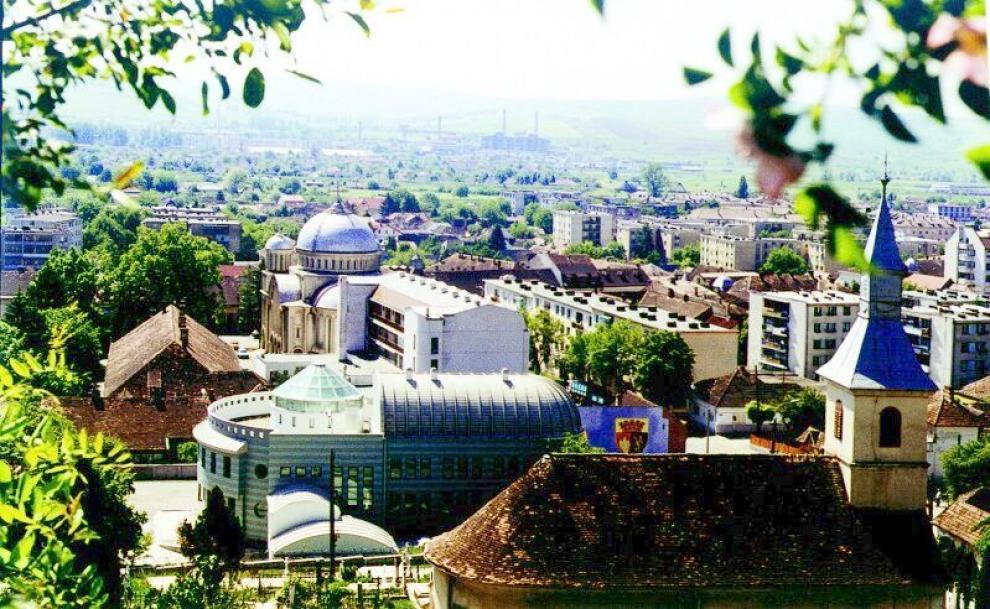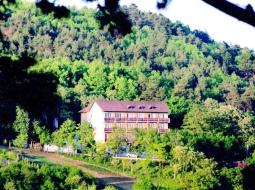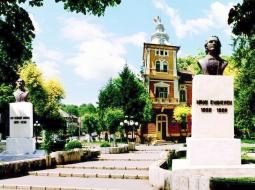Thessaloniki gets ready for its metro launch in November
The underground rapid transit lines have been under construction for almost two decades due to various project delays
 TheMayor.EU logo
TheMayor.EU logo 
The settlement was first mentioned in 1278, under the name of “Dychen Sent Martun”, the current name of Târnăveni being adopted and formalized by a decree issued in 1941. Ever since the Middle Ages, vineyards covered a significant part of the cultivated land, so the area was known as the “wine Country” (Weinland). Due to its location, the city of Târnăveni was under the influence of some major county.
During World War II, the Jewish community was decimated as part of the Holocaust, and the synagogue closed down. 230 Romanian soldiers, after Romania parted with the Axis and joined the Allies in 1944, defended the city against German troops.
After the war, the industry of Târnăveni witnessed a continuous development. In 1957, for the first time in Romania, polychlorinated vinyl was produced.
On 5th November 1998 Târnăveni became a municipality.
The city of Târnăveni lies on the Târnava Mica River in the Transylvanian Plateau, a little north of the geographical center of Romania, at an altitude that varies between 280 and 380m. The population of 22,075 is located on a surface of 52.68 km².
National and European roads cross the municipality. The most important is DN14A national road (Iernut-Târnăveni-Medias), which crosses the city and connects to DN15/E60 (Turda-Târgu Mures), DN14/E68 (Sibiu-Medias-Sighisoara), DJ107 (Târnăveni-Blaj-Alba Iulia)(Wine Road) and DJ142 (Târnăveni-Balauseri to Sovata and Sighisoara).
The city of Târnăveni is home to economic activities including building materials, glassware, woodworking, automotive engineering, tourism, livestock sector and plant culture.
The following industrial enterprises, based on major gas reserves nearby, are to be mentioned: The Nitrogen Chemical Platform (1916), which has produced over the years carbide, glass bottles, hydrochloric acid, sodium dichromate, faience, floor tiles and fungicides for agriculture; Ardeleana Glass Factory (1918), today’s SC Gecsat SA, has produced tempered safety windows, decorative glass windows, heat-resistant glass pots, mirrors, protection screens for TV sets, windshields for cars, U-profiles, basalt tiles, jars, vitrified ceramics, and now is producing polystyrene foam, dry mortars and glass wool.
Currently, there are about 244 companies and over 140 authorized freelancers, family businesses and individual enterprises involved in various commercial or service activities within the city of Târnăveni.


The city of Târnăveni welcomes you to taste the hospitality of the inhabitants and to feel the value of historical monuments built in a natural setting.
Tourist sites in Târnăveni:
Address: Piaţa Primăriei №7, Târnăveni, judeţ Mureş